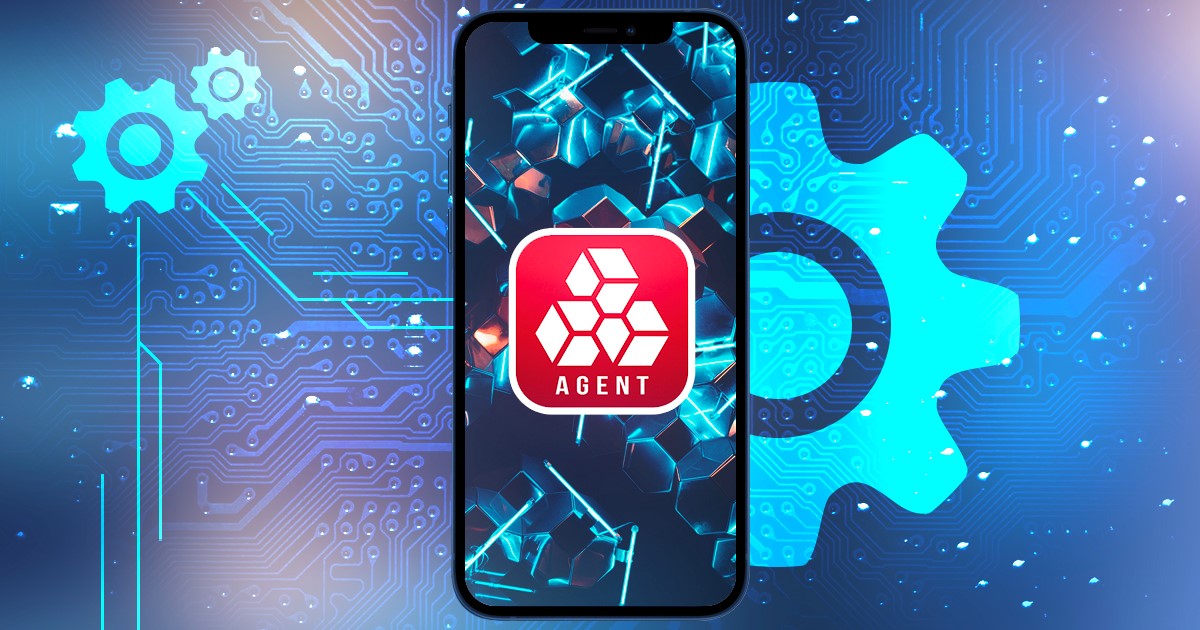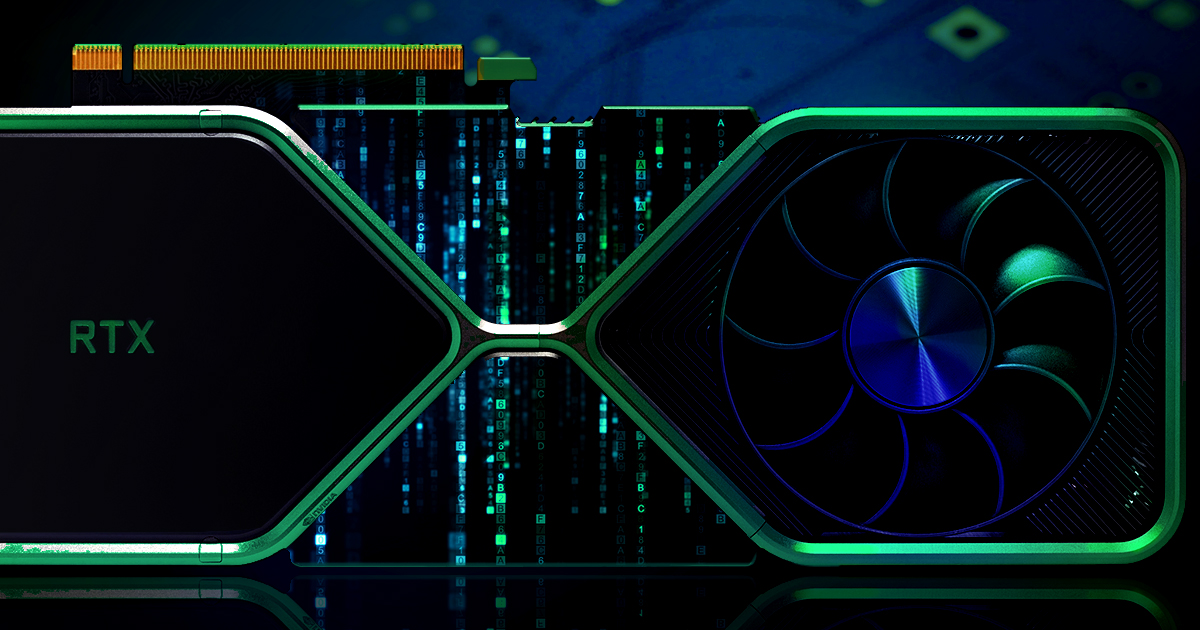February 25th, 2025 by Oleg Afonin
In the beginning of February, Apple may have received a secret order requiring the company to create an encryption backdoor. According to a leak, the UK government demanded blanket, covert access to all sorts of encrypted data globally. After that demand, Apple decided to disable Advanced Data Protection for iCloud in the UK, issuing an official statement. What does that mean for the law enforcement, and what consequences are expected for the end users?
Read the rest of this entry »









